 Abraham Lincoln
If given the truth, the people can be depended upon to meet any national crisis...
Abraham Lincoln
If given the truth, the people can be depended upon to meet any national crisis...
 Guildford news...
for Guildford people, brought to you by Guildford reporters - Guildford's own news service
Guildford news...
for Guildford people, brought to you by Guildford reporters - Guildford's own news service
Feature: The Challenges of Processing Guildford’s Human Waste
Published on: 12 Dec, 2022
Updated on: 15 Dec, 2022
On a beautiful, clear but cold day, there was a strong smell of drains as I approached Slyfield sewage treatment works for a much-anticipated site visit (November 25).
To my surprise, on the site itself, there was virtually no odour as we walked around the huge tanks churning, bubbling and treating our sewage.
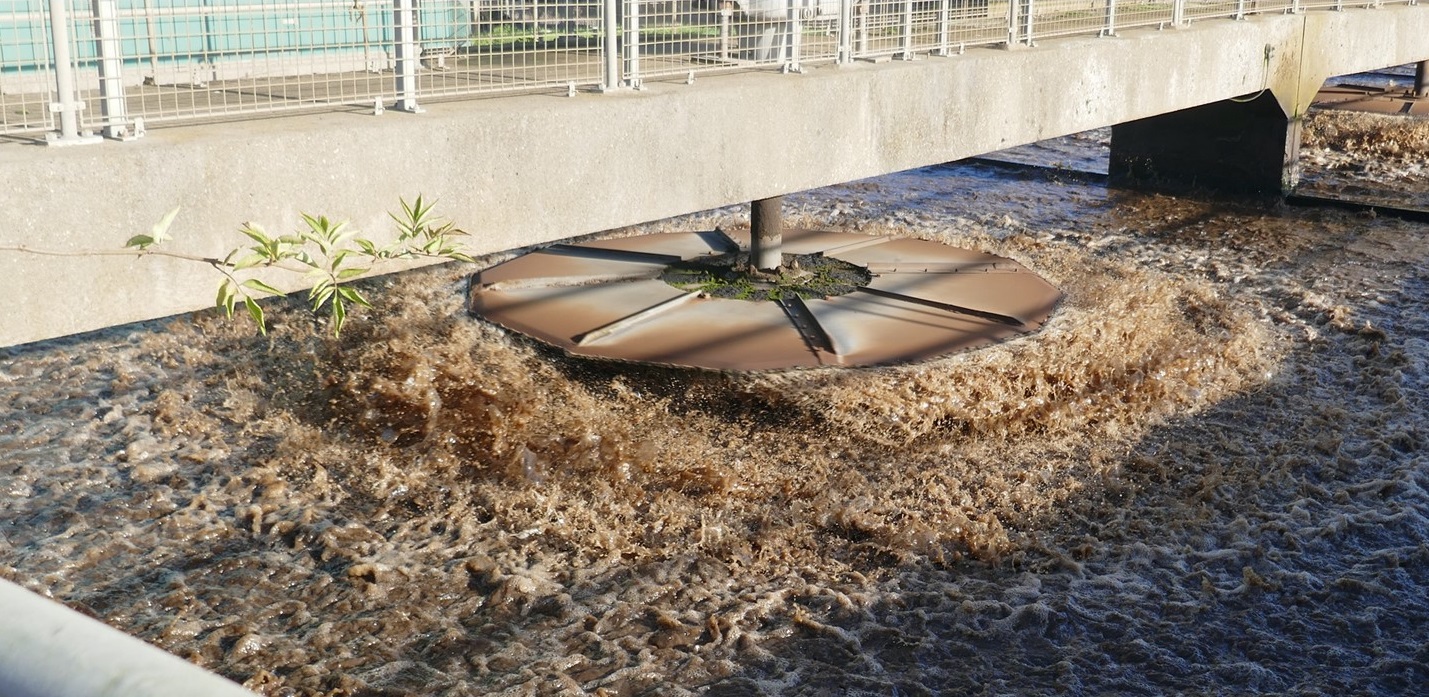
Guildford’s sewage being treated in vast aeration tanks. The screened sewage is agitated to introduce oxygen, speeding up the conversion to sludge and water, compliant with government water regulations. Click on the images to enlarge them in a new window.
The trip to Guildford’s own sewage works had been requested by Guildford’s Water Rangers, who test the river monthly for pollution after concern about unauthorised spills from the plant, and arranged by Cllr Fiona Davidson (R4GV, Guildford South East).
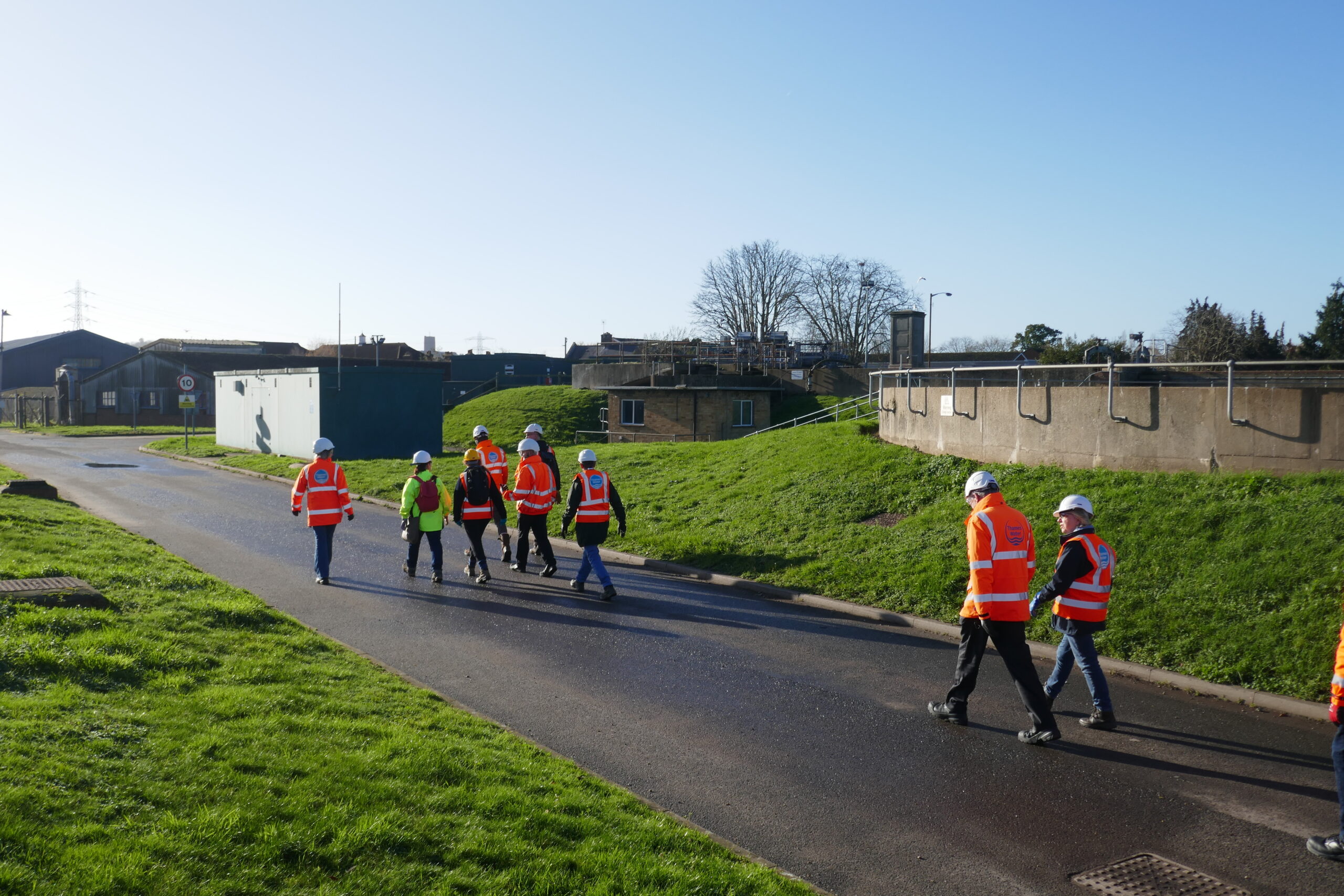
Operators Thames Water keep the plant immaculately clean and well ordered. It was generally odour free on the day. The worst smell was at the site entrance.
I had also expected to be able to recycle the old joke “I have difficulty putting names to faeces” when I hoped to catch sight of floating matter bobbing on the surface of a treatment tank.
But again, surprisingly, no floaters were to be seen as we looked at the processes aimed at turning Guildford’s combined sewage (150 litres from each of us per day) and surface water into something that was allowed to be discharged into the River Wey.
Seeing the various processes in action was fascinating. Omoruyrl Agbonlahor (Thames Water area project manager) a chemical engineer by training, said it worked like a “giant stomach” as he pointed out the physical and biological processes at work.

Water Rangers visit to Slyfield sewage treatment works. From the left, Fiona Poulter, Cllr Fiona Davidson, Alan Thorogood, Omoruyrl Agbonlahor (Thames Water area project manager), Kat Kavanagh (founder of Water Rangers), Sam Peters and Sarah Davies.
It starts with screening out anything larger than six millimetres and is followed by filtering and aerobic and anaerobic treatment in huge tanks. The resultant sludge is either burnt or used for the generation of biogas. The water, tested for its compliance with government regulations, is discharged into the River Wey.
Richard Aylard, Thames Water sustainability director, along with other Thames Water people, gave a brief talk at the start of the visit and walked around the site with the group.
He said they don’t routinely test the river itself unless there is a problem. He said: “We know what we put in but it is the Environment Agency’s responsibility to test the rivers.”
The latest Environment Act now requires companies to test the rivers but it will be a huge amount of work, said Aylard. “In principle, that testing is coming,” he said. “The government has to consult on how to put this into regulations so we don’t know when this will happen.”

Two huge vertical pipes, more than one metre in diameter, carry the combined sewage and surface water into the treatment plant which has a 777 litre per second capacity.
The reason behind the site visit was interest in the vitally important but probably largely unregarded work of dealing with our waste.
But there is also concern over the frequent untreated sewage discharges into the river by Thames Water. The sewer had overspilled into the river 27 times for 346 hours in 2020 and 11 times for a total of 98 hours in 2021.
This had led to Guildford’s Water Rangers being set up to engage with Thames Water and, more specifically, to monitor the river water quality.
See Citizen Scientists Show River Wey Nitrate Levels Three Times Higher At Sewage Works) (July 2022).
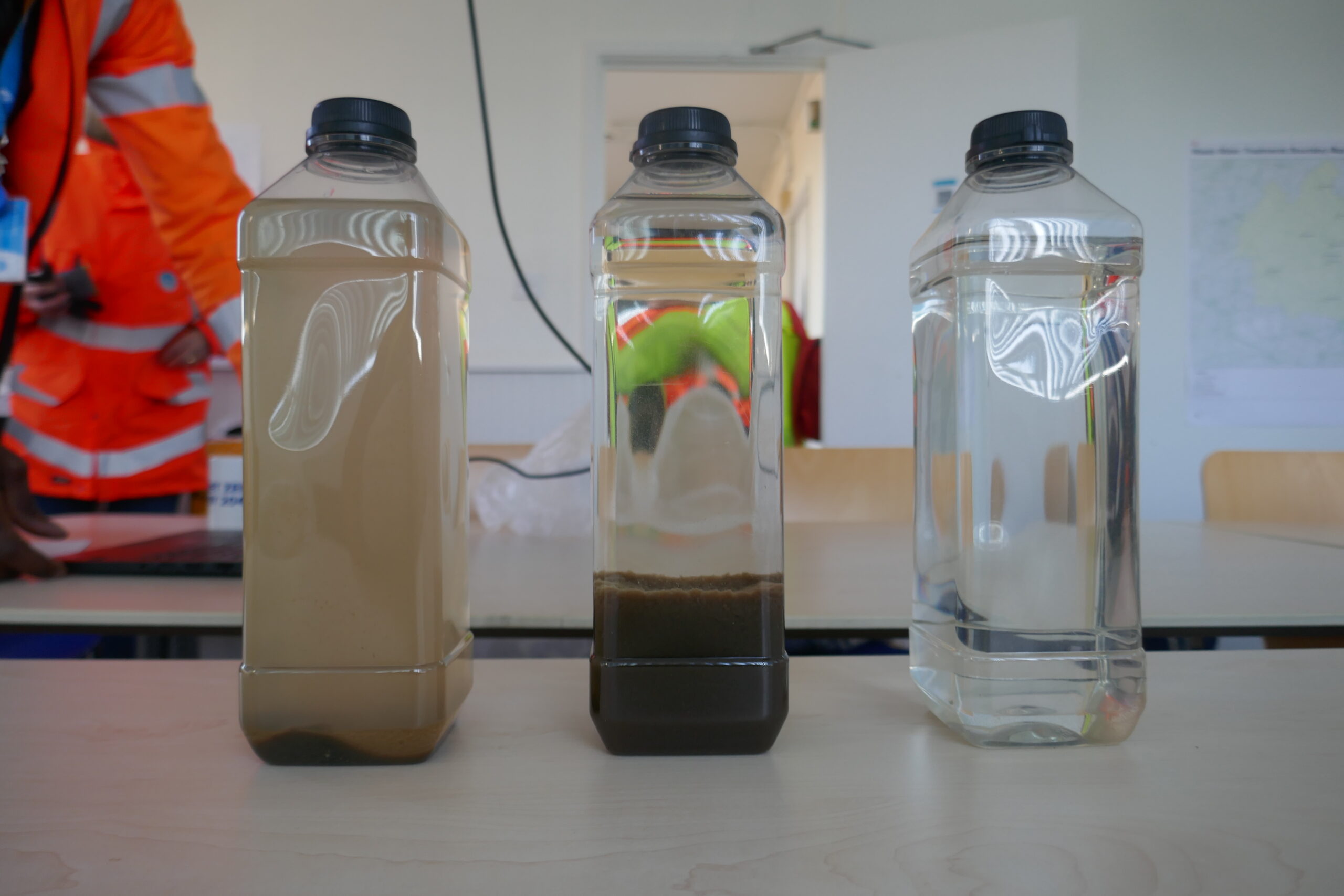
Stages of treatment. Untreated sewage and surface water (on the left) to part treated with the sludge collecting on the bottom (middle) to treated water to be discharged to the River Wey (on the right).
The Water Rangers want closer contact with Thames Water to seek explanations for their results of higher nitrate levels downstream of the sewage plant and to even have an influence in the future on the new sewage works which is to be opened in March 2026. Hence their request for a site visit to the sewage plant in question.
But Alan Thorogood, one of the ranger organisers, hadn’t been able to get a response from Thames Water for the visit so he asked Surrey County Councillor Fiona Davidson to intervene, which she successfully did.
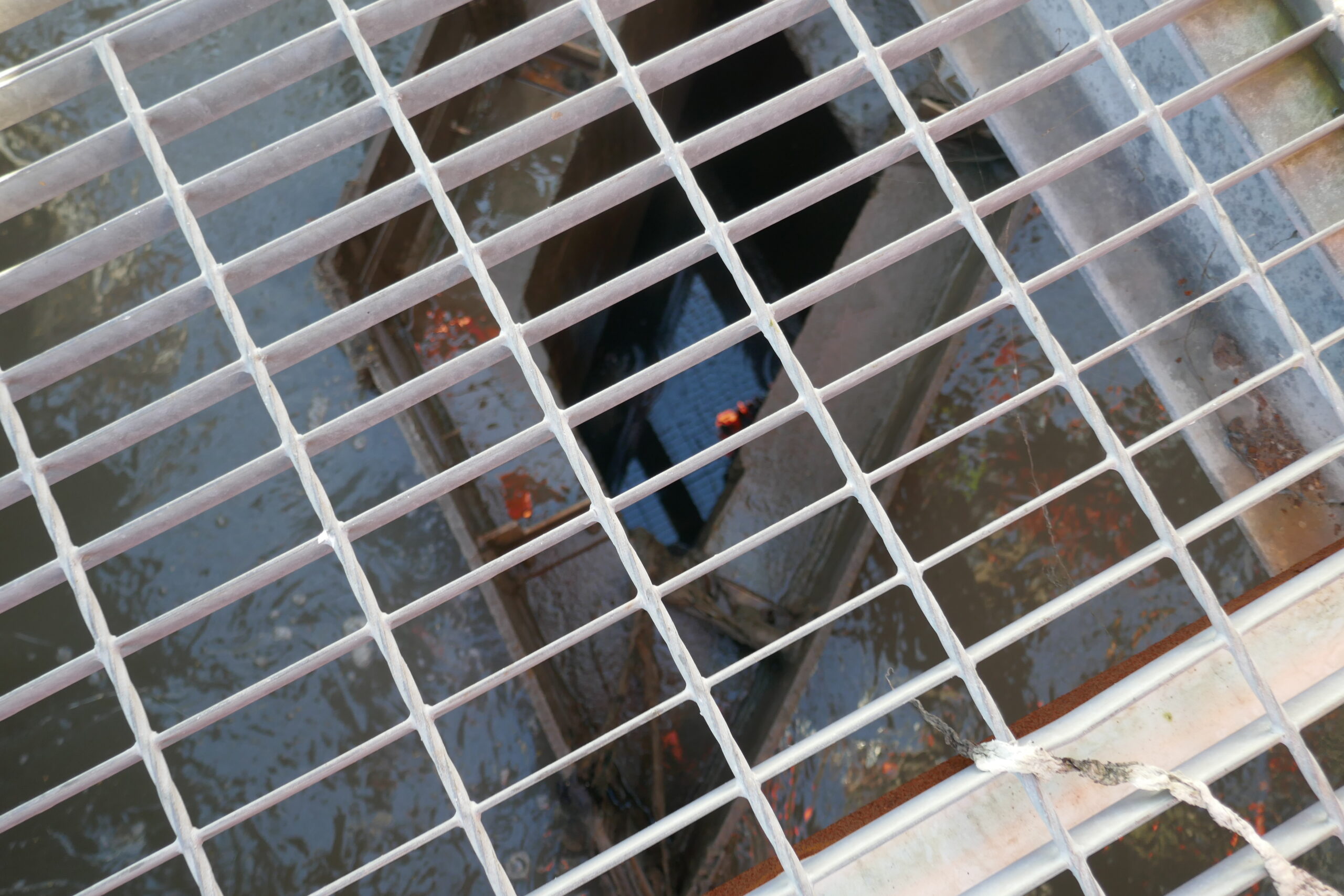
If inward flow exceeds capacity, it overflows the weir (see below) and goes into the 7,281 m3 storm tanks. But they only have a two-hour rainfall capacity. Increasing capacity costs money and it is “hard to empty them in time,” said Aylard.
Aylard told the group their CEO, Sarah Bentley, had called spills into rivers “unacceptable” and they were committed to reduce them “by 50 per cent by 2030 and 80 per cent on the sensitive catchments”.
He said: “about a third of river pollution nationally comes from sewage treatments plants, the rest from agricultural and other runoff and industry”. But they had to do more, he said, and they had committed “to live publication of discharges by the end of 2022”.
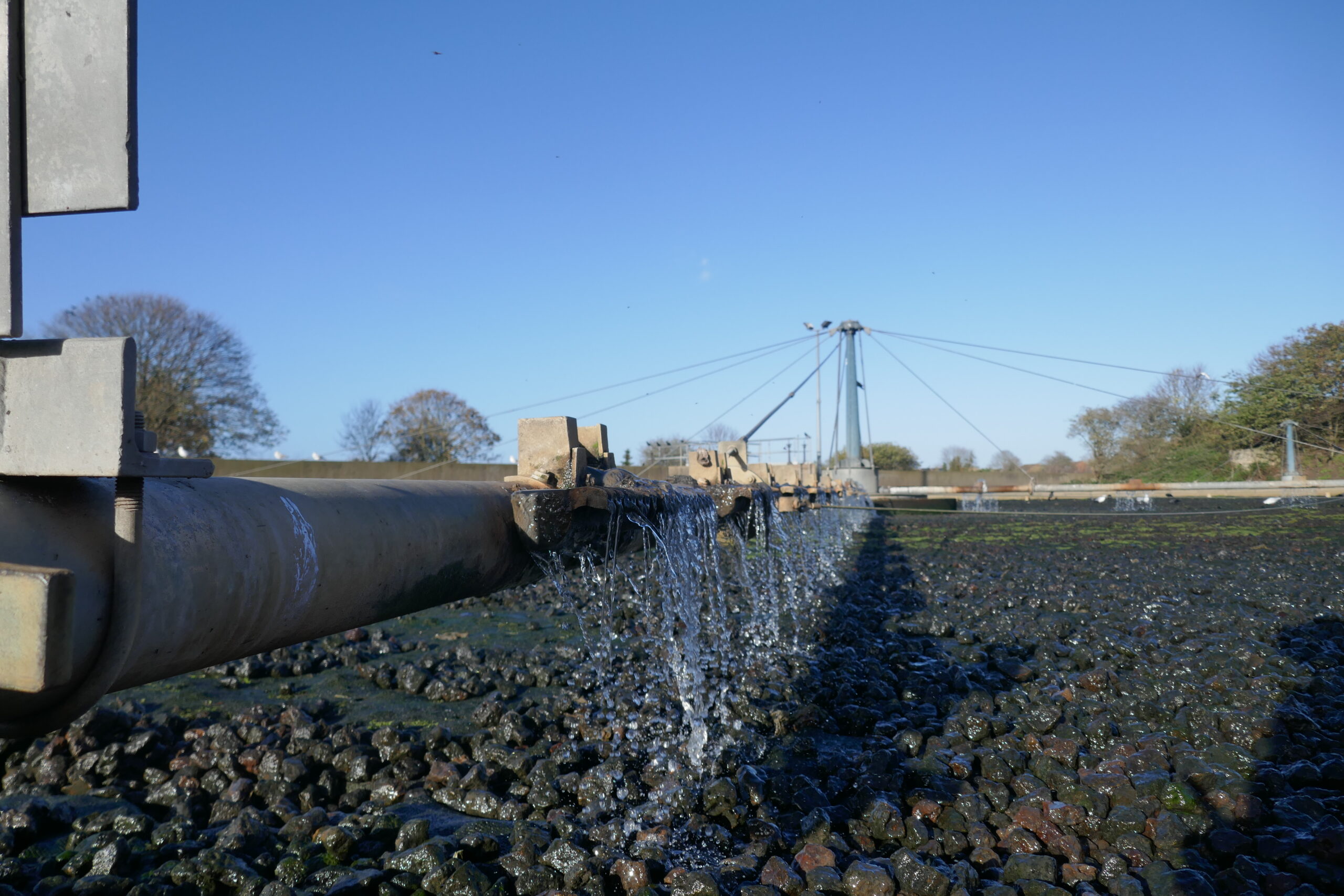
The biological filter tank sprays the filtered water over the clinker, further cleaning the water through bacterial action.
There has been national concern over the performance of water companies. Ofwat said poor performance by some firms including Thames Water was embedded in the way they served customers and ran the system.
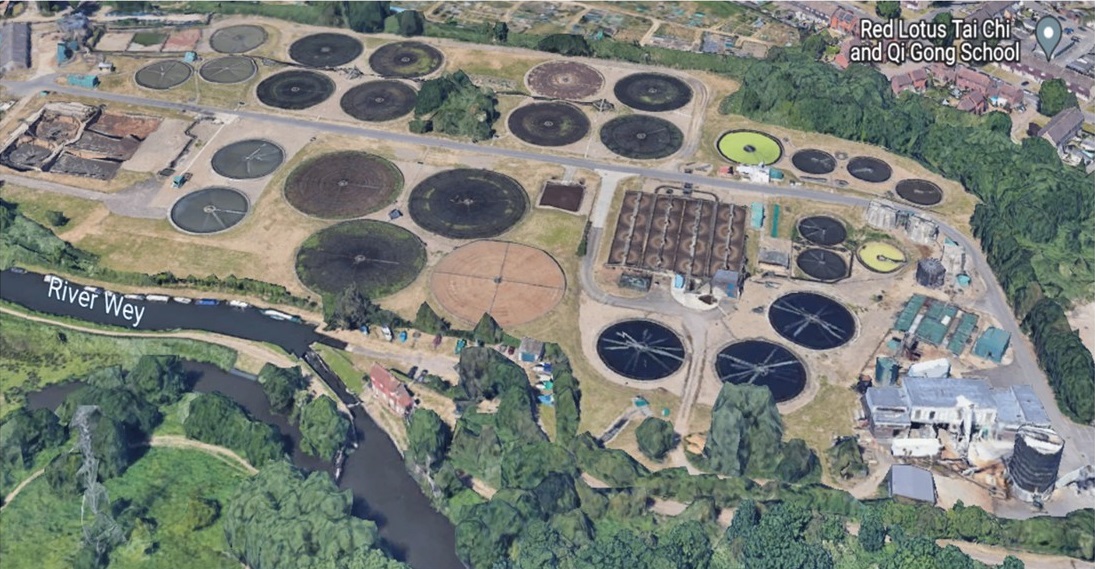
Slyfield sewage treatment works showing the array of tanks and treatments for Guildford’s sewage. Image from a Thames Water presentation.
On December 2 Professor Dieter Helm, University of Oxford, said: “Thirty-two years after water privatisation, rivers in England and Wales are not improving, leakage levels are unacceptable, and massive financial engineering has not added to the resilience of the system or the ability to finance the large-scale investment we now need. It cannot and should not be allowed to go on like this.”
Aylard said: “We have got the environment we deserve as the regulator Ofwat has forced bills down.”
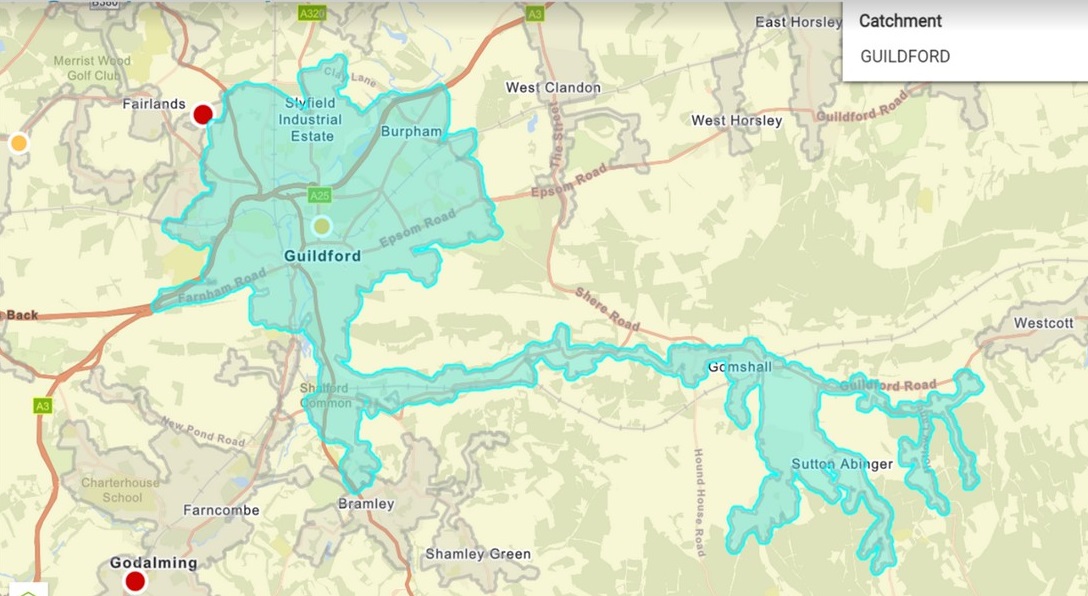
Richard Aylard said the water companies now work on a catchment areas rather than political boundaries as before. The Guildford catchment stretches nearly to Dorking in the east. Image from a Thames Water presentation.
Asked whether privatisation changed things, Aylard responded “The government wanted private investment and then have squeezed the prices but to re-nationalise would mean the funding becomes uncertain.
“The companies have built up a debt on the assets. Ofwat could have stopped that but they didn’t. It has cut down on our flexibility.”

The plant uses more than one way to treat the incoming sewage. This anoxic tank, which works without oxygen, gives an activated sludge which is used to seed the process in the aeration tanks.
Water companies have accumulated a £54 billion debt since privatisation with an estimated 20 per cent of water bills going towards interest payments and shareholder dividends. Thames Water has by far the biggest debt of the nine largest water companies at £13.4 billion.
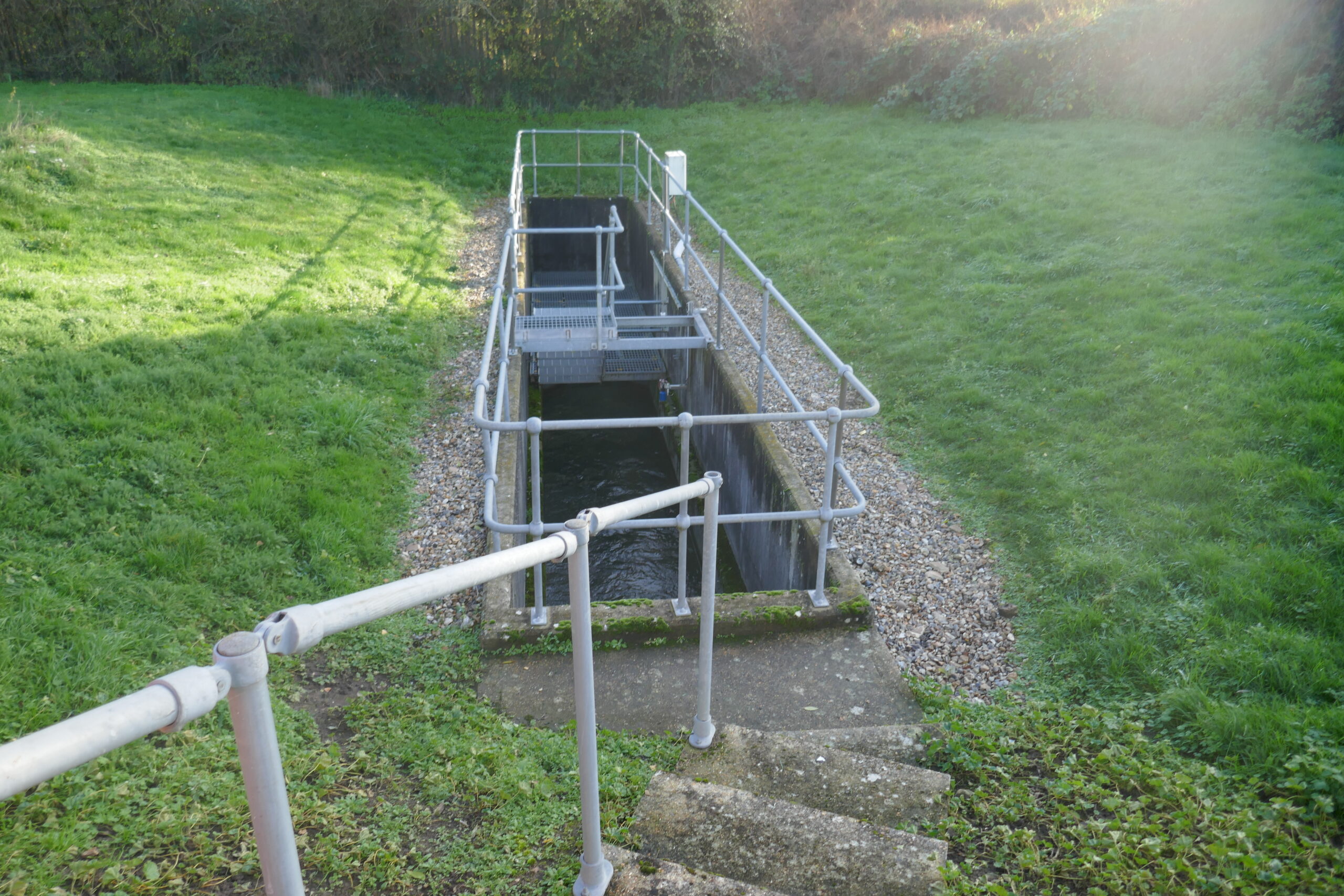
There had been heavy rainfall the previous day and the channel discharging treated water into the River Wey was measuring 536 litres per sec, about 70 per cent of the plant’s treatment (777 litres per second) capacity.
Our group was impressed by the organisation of the sewage works at Slyfield works and the knowledgeable and helpful Thames Water staff. It was comforting to see the way such an important function in our society was being dealt with.
But buck-passing between the operators and the government enforcers regarding testing the rivers which run through our towns is evident and there is a worrying amount of borrowing against some water company’s assets.
Ofwat and the Environment Agency are toughening up after public pressure but as Professor Helm said: “It cannot and should not be allowed to go on like this.”
Responses to Feature: The Challenges of Processing Guildford’s Human Waste
Leave a Comment Cancel replyPlease see our comments policy. All comments are moderated and may take time to appear.
Recent Articles
- Guildford Institute’s Crowdfunding Project for Accessible Toilet in its New Community and Wellbeing Centre
- Letter: Guildford – Another Opportunity Missed?
- Letter: GBC’s Corporate Strategy – Where Is the Ambition?
- My Memories of John Mayall at a Ground-breaking Gig in Guildford Nearly Six Decades Ago
- Westborough HMO Plans ‘Losing the Heart of the Street’ Says Resident
- College Invests to Boost Surrey’s Economy and Close Digital Skills Gap
- Community Lottery Brings Big Wins for Local Charities
- GBC Housing Plan Promises ‘A Vibrant Urban Neighbourhood’ Near Town Centre
- Hospital Pillows ‘Shortage’ at the Royal Surrey
- Updated: Caravans Set Up Camp at Ash Manor School


Recent Comments
- Ian Macpherson on Updated: Main Guildford to Godalming Road Closed Until August 1
- Sara Tokunaga on GBC Housing Plan Promises ‘A Vibrant Urban Neighbourhood’ Near Town Centre
- Michael Courtnage on Daily Mail Online Reports Guildford Has Highest-paid Council Officer
- Alan Judge on GBC Housing Plan Promises ‘A Vibrant Urban Neighbourhood’ Near Town Centre
- John Perkins on GBC Housing Plan Promises ‘A Vibrant Urban Neighbourhood’ Near Town Centre
- S Collins on GBC Housing Plan Promises ‘A Vibrant Urban Neighbourhood’ Near Town Centre
Search in Site
Media Gallery
Dragon Interview: Local Artist Leaves Her Mark At One of England’s Most Historic Buildings
January 21, 2023 / No Comment / Read MoreDragon Interview: Lib Dem Planning Chair: ‘Current Policy Doesn’t Work for Local People’
January 19, 2023 / No Comment / Read MoreA3 Tunnel in Guildford ‘Necessary’ for New Homes, Says Guildford’s MP
January 10, 2023 / No Comment / Read More‘Madness’ for London Road Scheme to Go Ahead Against ‘Huge Opposition’, Says SCC Leader
January 6, 2023 / No Comment / Read MoreCouncillor’s Son Starts Campaign for More Consultation on North Street Plan
December 30, 2022 / No Comment / Read MoreCounty Council Climbs Down Over London Road Works – Further ‘Engagement’ Period Announced
December 14, 2022 / No Comment / Read MoreDragon Interview: GBC Reaction to the Government’s Expected Decision to Relax Housing Targets
December 7, 2022 / No Comment / Read MoreHow Can Our Town Centre Businesses Recover? Watch the Shop Front Debate
May 18, 2020 / No Comment / Read More




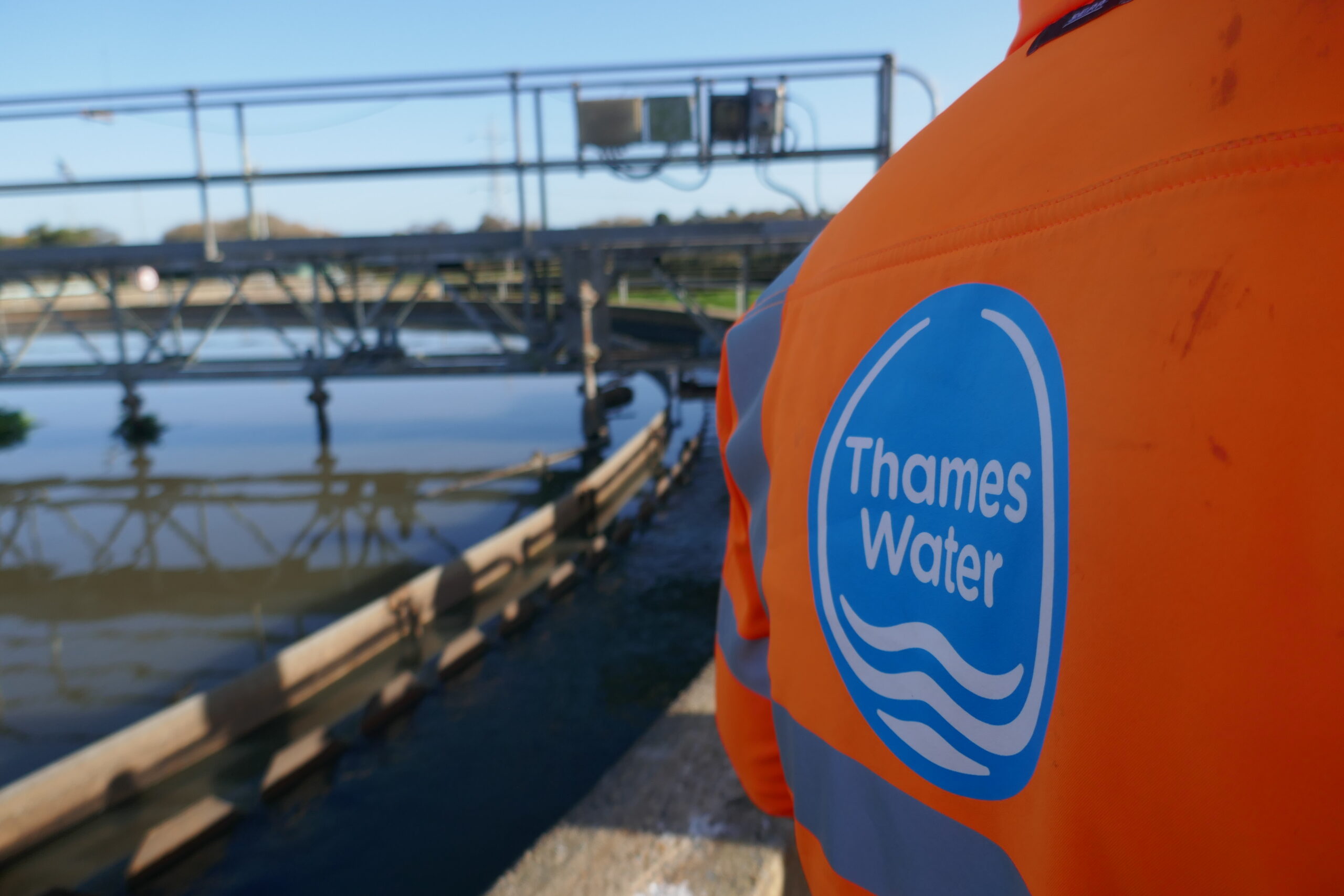
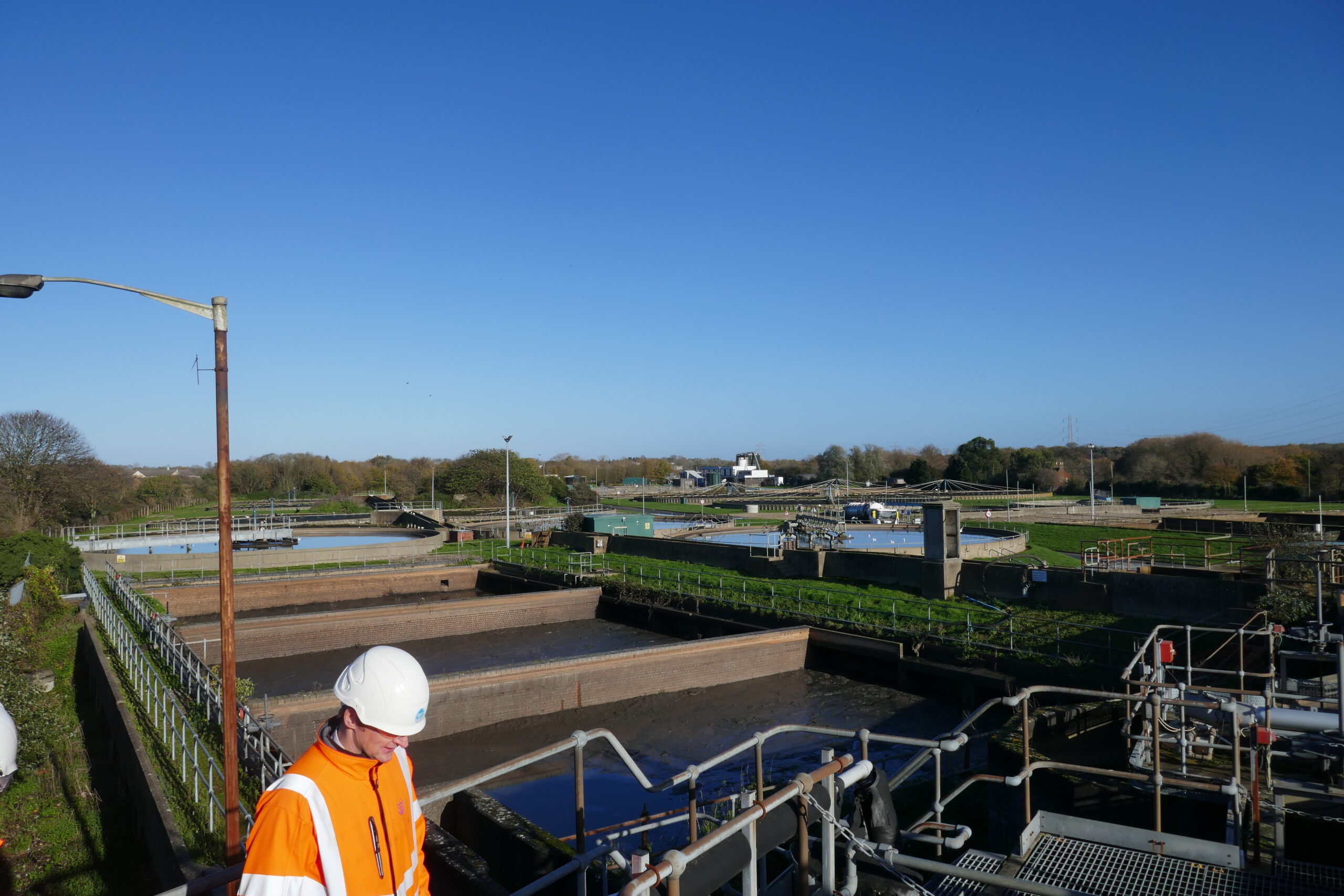






Peta Malthouse
January 2, 2023 at 8:33 am
Great piece. Tells us all we need to know about the failure of privatisation and lax regulation and control by our “government”.
It was Liz Truss who cut the numbers of inspectors drastically at the Environment Agency… look where that penny-pinching has got us.